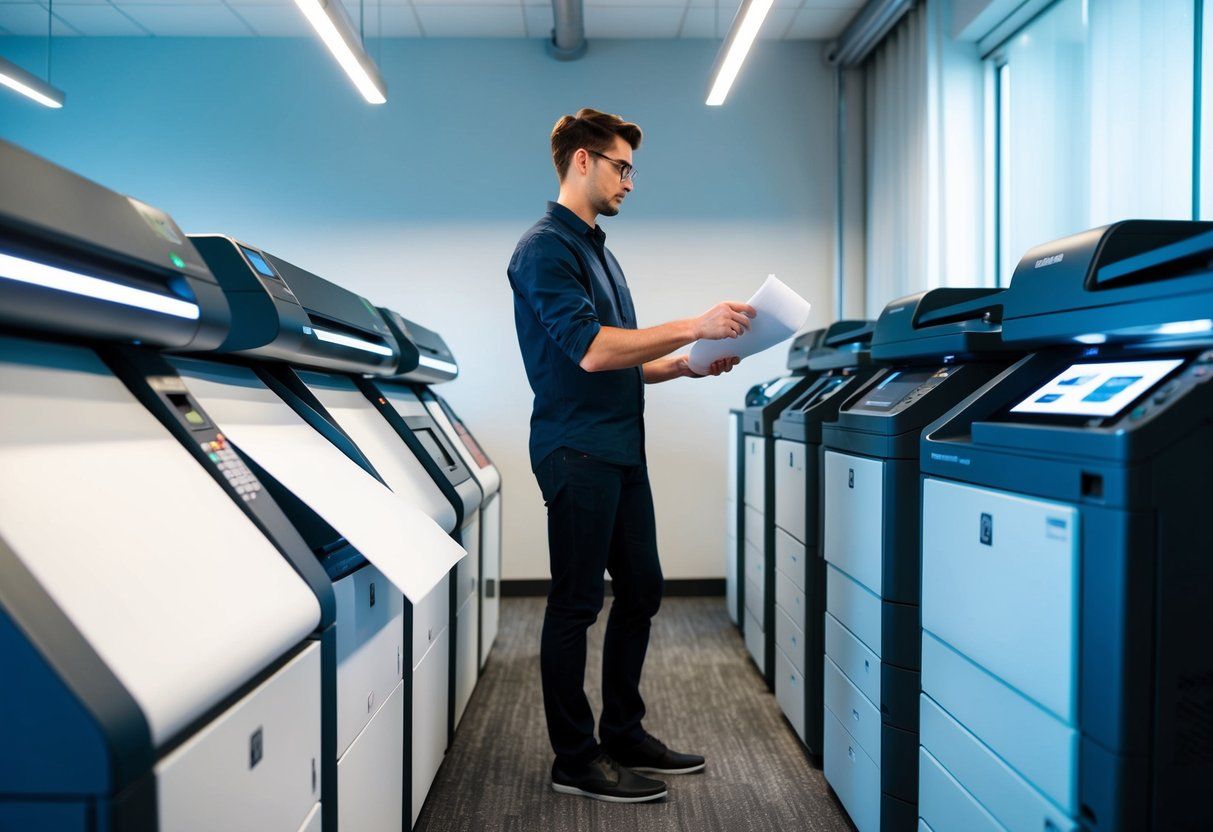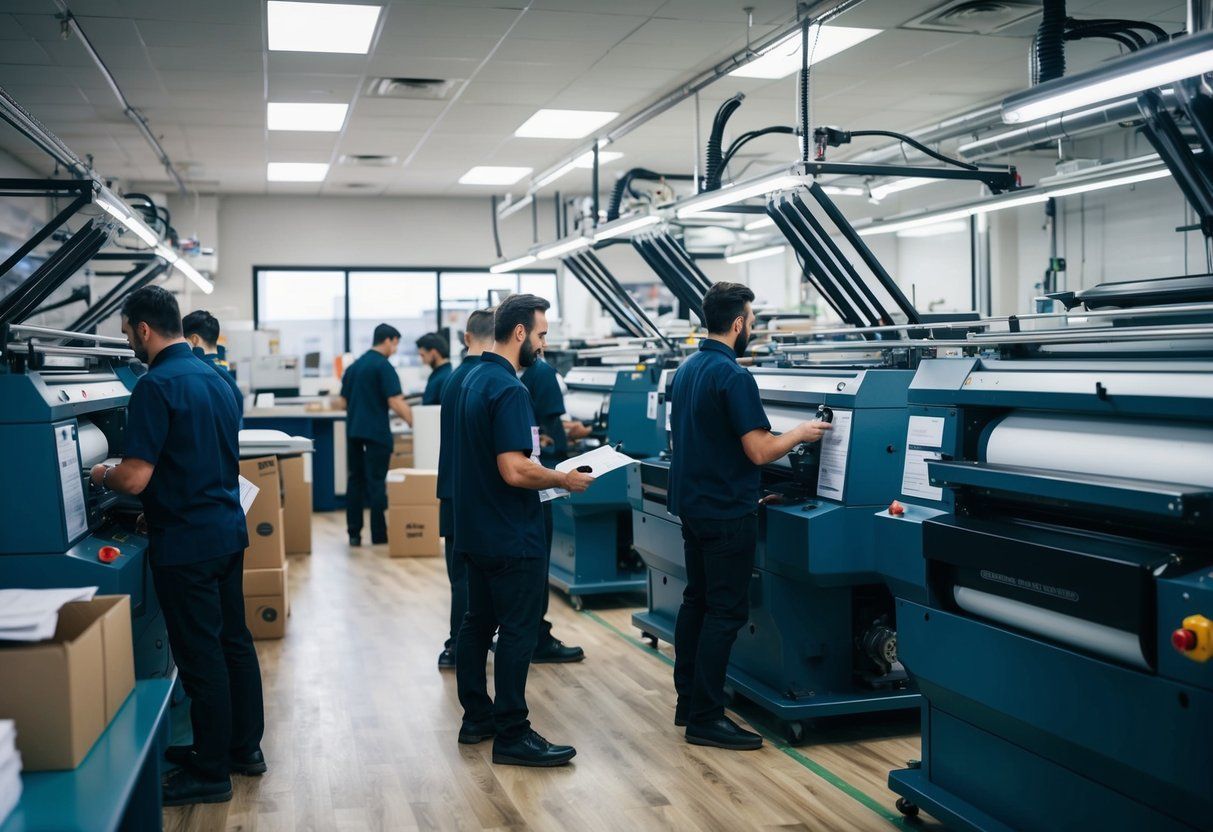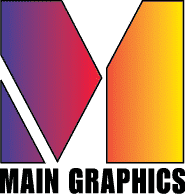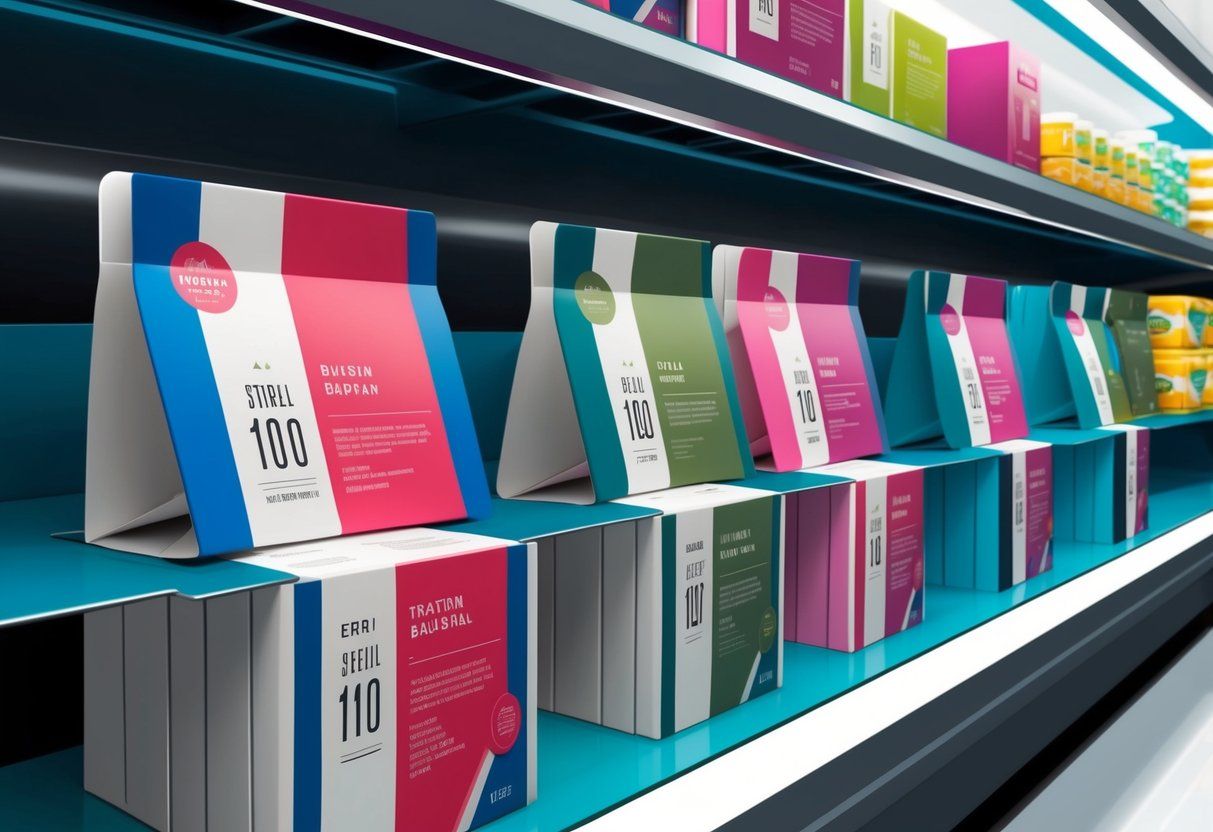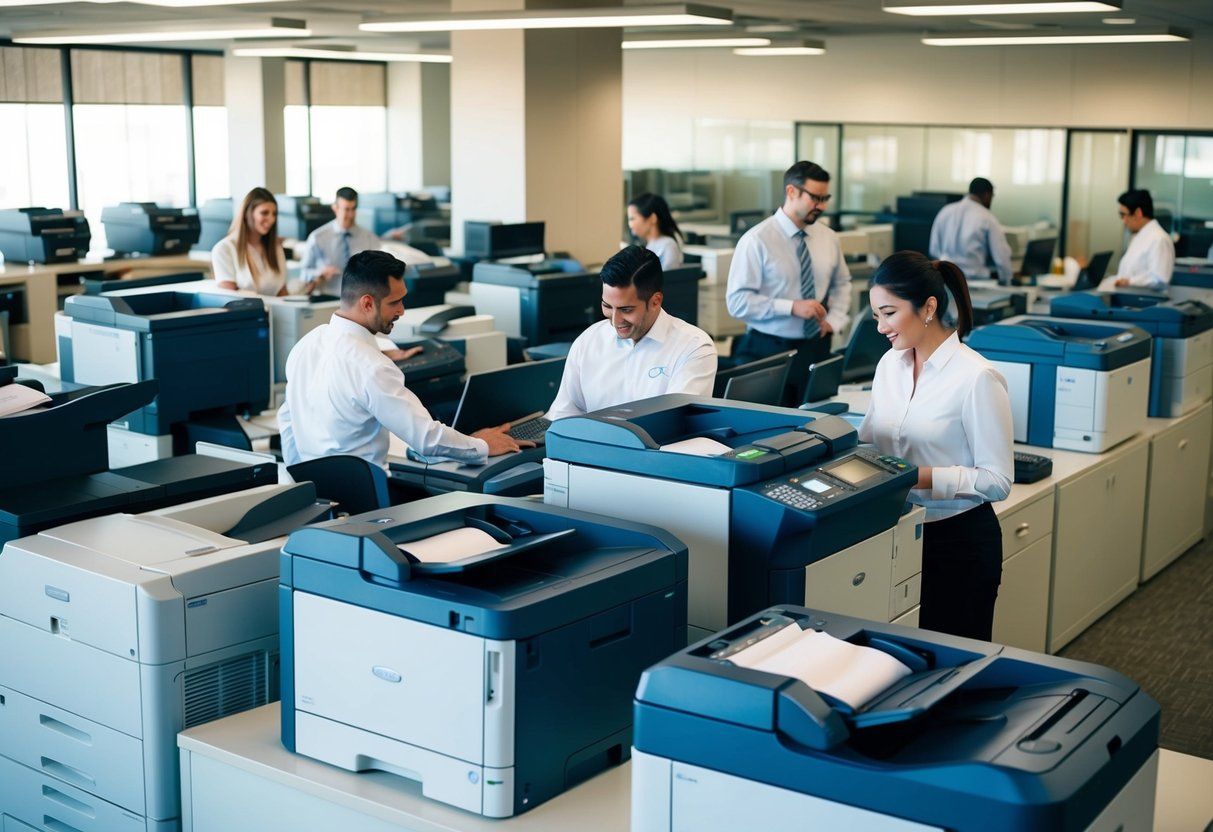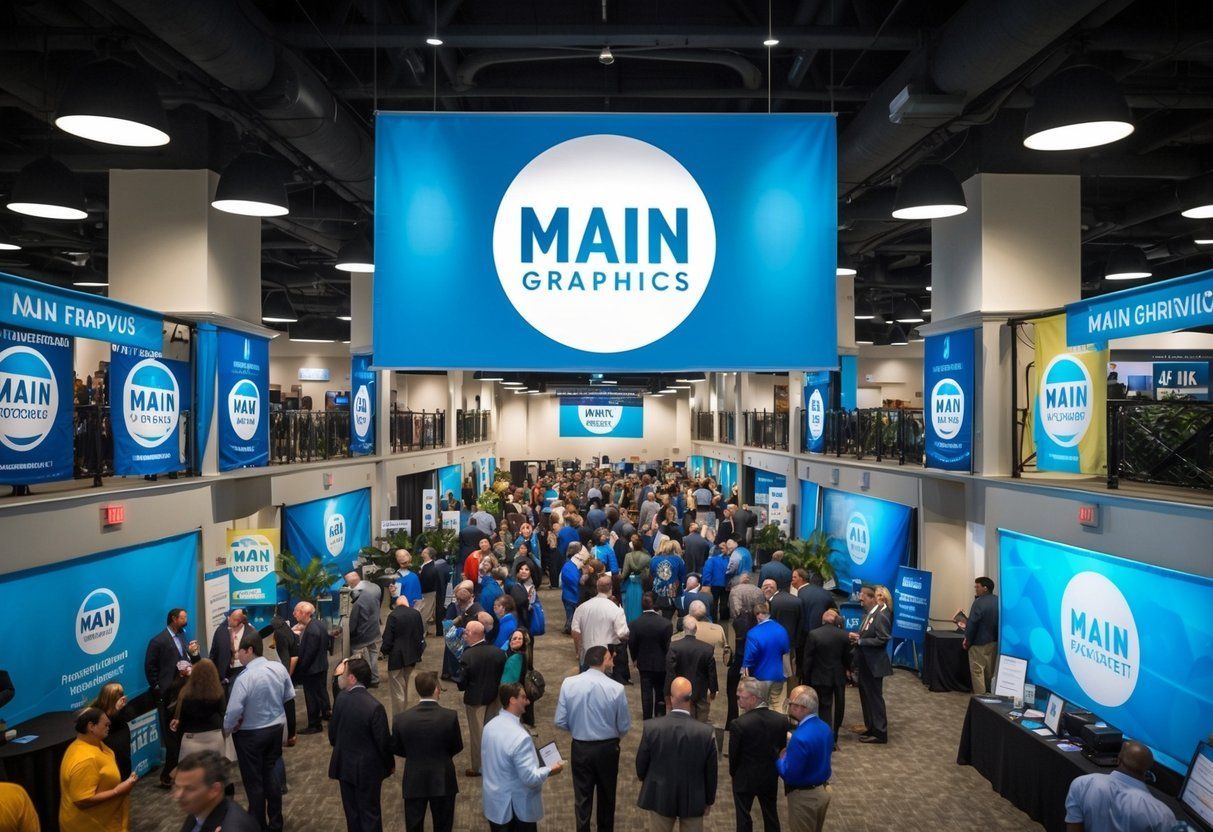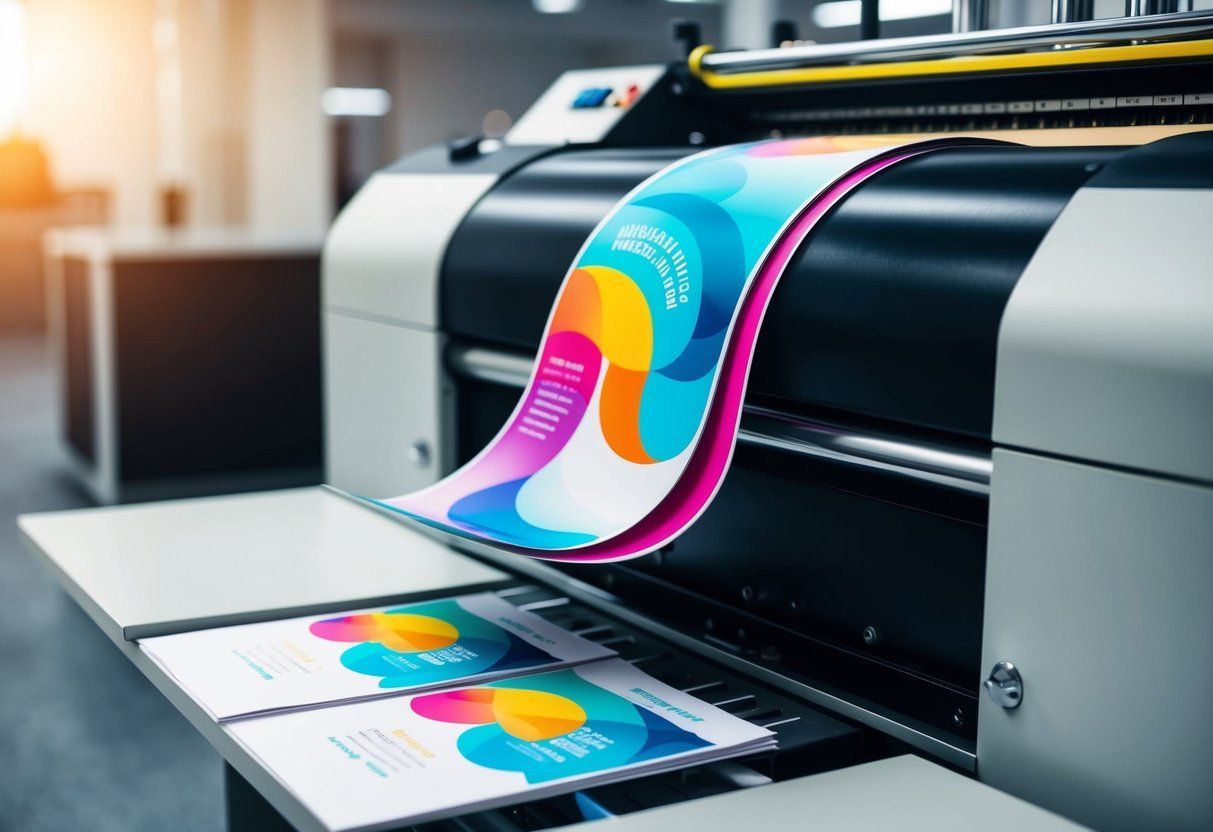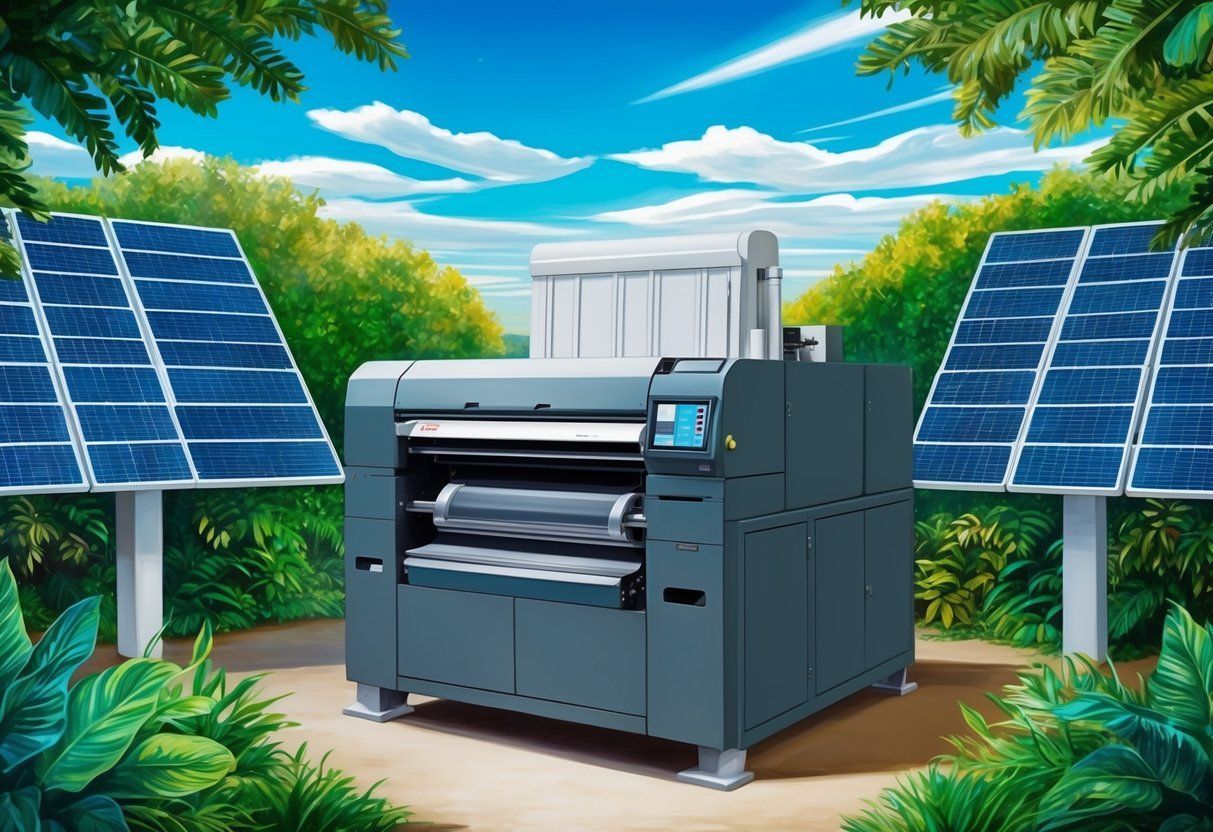Commercial Printing Trends: Navigating the Future of the Industry
Commercial printing encompasses a broad range of services and products that are integral to numerous sectors of business and commerce. At its core, it involves the mass production of printed materials, ranging from brochures and business cards to magazines and packaging. The industry has undergone significant transformation over the years, adapting to technological advances and evolving market needs. The advent of digital technology, in particular, has expanded the possibilities of what can be achieved with printed materials, allowing for greater customization and flexibility.
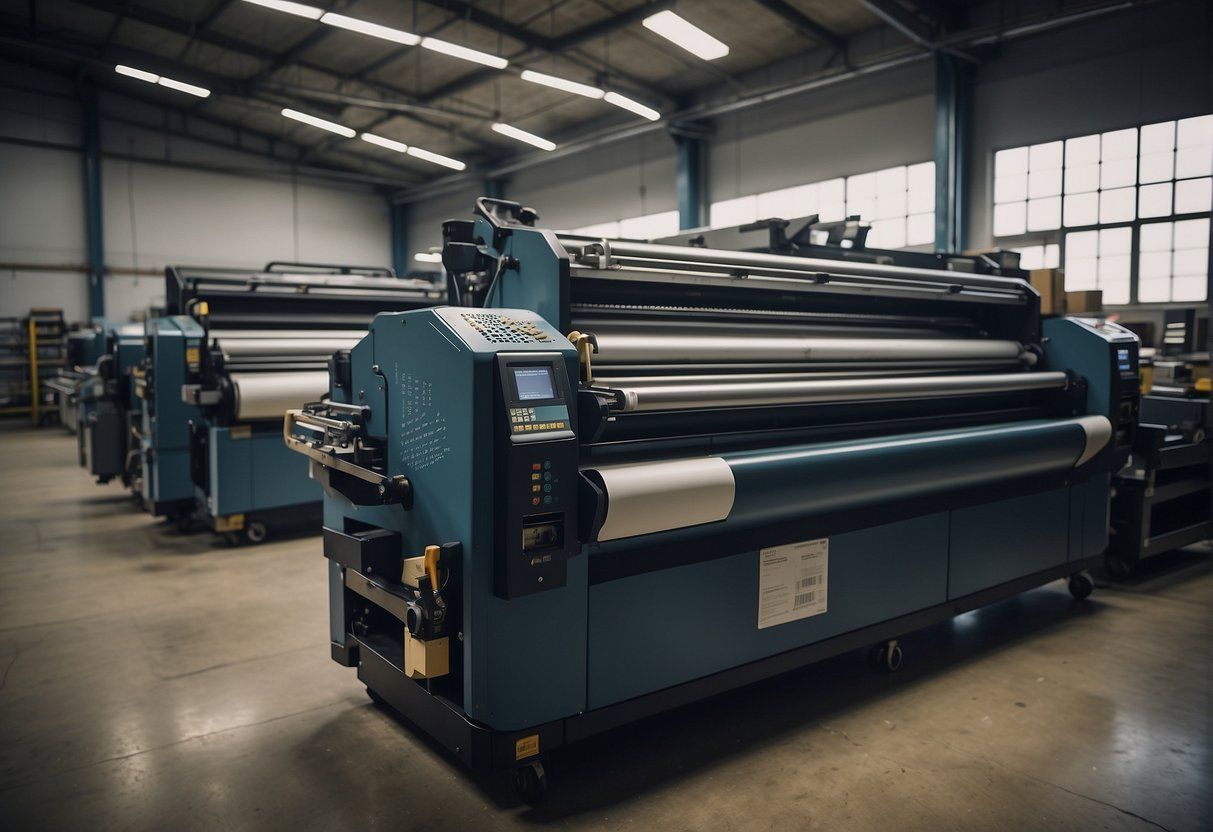
The process of commercial printing is not just about putting ink on paper. It begins with design and prepress, where ideas are visualized and prepared for production. A wide variety of materials and techniques are then employed to bring these designs to life, each suited to different project requirements. The finished products play a crucial role in branding and marketing strategies, helping businesses to reach their audiences effectively. Moreover, the sector must continually address concerns about sustainability and security, adapting to consumer demands and regulatory changes.
Key Takeaways
- Commercial printing services facilitate the production of diverse printed materials for business use.
- Advancements in technology and materials have refined printing methods and products.
- The industry’s adaptations to sustainability and customer experience demand steady evolution.
The Evolution of Commercial Printing
Commercial printing has experienced significant transformations since its inception. Gutenberg’s movable type in the mid-15th century marked the start of printing as a commercial enterprise. This innovation dramatically reduced the time and cost of producing books, allowing for the dissemination of knowledge on an unprecedented scale.
The Industrial Revolution of the 18th and 19th centuries introduced steam-powered presses, which increased production rates. Italic_Lithography_, developed in 1796, opened up the prospects of printing in color, which later became an industry standard.
In the 20th century, printing saw another leap in progress with the advent of offset printing . This method relied on photographic processes to transfer ink from a plate to a rubber blanket and then to the printing surface. This technique further improved the quality and efficiency of printing.
The latter part of the century saw the rise of digital printing , a direct-to-paper technology that bypassed the need for plates. Its capacity for short runs and personalization ushered in a new era of print-on-demand services.
| Period | Innovation |
|---|---|
| Mid-1400s | Movable type |
| 18th-19th C. | Steam-powered presses |
| 1796 | Lithography |
| 20th C. | Offset printing |
| Late 20th C. | Digital printing |
Today’s printers are often equipped with digital interfaces, integrating with design software to streamline production. These advancements continue to shape the economic landscape of commercial printing, influencing how media is consumed and distributed.
Types of Commercial Printing
Commercial printing services cater to a range of needs for businesses and organizations, with different printing methods optimized for various applications, materials, and scales of production. The following are the predominant printing technologies employed in the industry.
Offset Printing
Offset printing is a widely-used technique where the inked image is transferred from a plate to a rubber blanket, then to the printing surface. It excels in producing high-quality and consistent results, particularly suitable for large-volume jobs. Offset printing is cost-effective for large quantities, as the unit cost decreases with the number of prints.
Digital Printing
Digital printing refers to methods where a digital image is directly printed onto a variety of media. It includes inkjet and laser printing that allow for high-quality output with lower setup costs for short runs. Its flexibility is advantageous for personalization and print-on-demand services, making it popular for small to medium-sized projects and those requiring quick turnaround times.
Sheet-Fed Printing
Sheet-fed printing uses individual sheets of paper or other materials that are fed into the printing press one at a time. This process is often associated with offset printing but can also be used for digital. It allows for printing on a diverse array of papers and finishes and is ideal for jobs that require specific paper types or custom finishes.
On-Demand Printing
On-demand printing is a digital printing process designed for quick and cost-effective production of books, documents, and other materials as they are needed. It reduces waste and inventory costs for clients, offering a scalable solution that can adapt to fluctuating demands. It is also commonly used for personalized printed materials, such as custom marketing collaterals and variable data printing.
Design and Prepress
In commercial printing, the success of a print project often hinges on the design and prepress stages. These are where ideas materialize into print-ready formats through rigorous planning, creativity, and technical expertise.
Graphic Design
Graphic design is the cornerstone, where concepts and visuals come to life. Designers employ a range of software to create layouts, select typefaces, and integrate images. Key software includes:
- Adobe Photoshop : For image editing and composition
- Adobe Illustrator : For vector graphics and illustration
- InDesign : For page design and layout for print
They must ensure color fidelity, which involves calibrating monitors and understanding color spaces like CMYK. Print files require specific formats, generally:
- PDFs : Portable Document Format, widely accepted and reliable
- TIFFs : Tagged Image File Format, for high-quality graphics
Designs are created following print industry norms, considering factors like bleed, trim, and safe areas.
Design Team Workflow
The design team operates through a structured workflow:
- Briefing : Comprehensive understanding of client needs and project objectives.
- Concept Development : Brainstorming sessions and sketching.
- Design Execution : Creation of digital designs using aforementioned software.
- Review and Approval : Iterative process involving client feedback.
- Prepress : Finalizing designs and file formats for print readiness.
Effective communication within the design team and with clients is paramount. Project management tools such as Trello or Asana can facilitate this process. Prepress checks typically involve:
- Proofreading text for errors
- Ensuring graphic resolution is at least 300 dpi
- Verifying file formats and compatibility with printing requirements
By meticulously following these steps, the design team lays the groundwork for high-quality printing results.
Printing Materials and Techniques
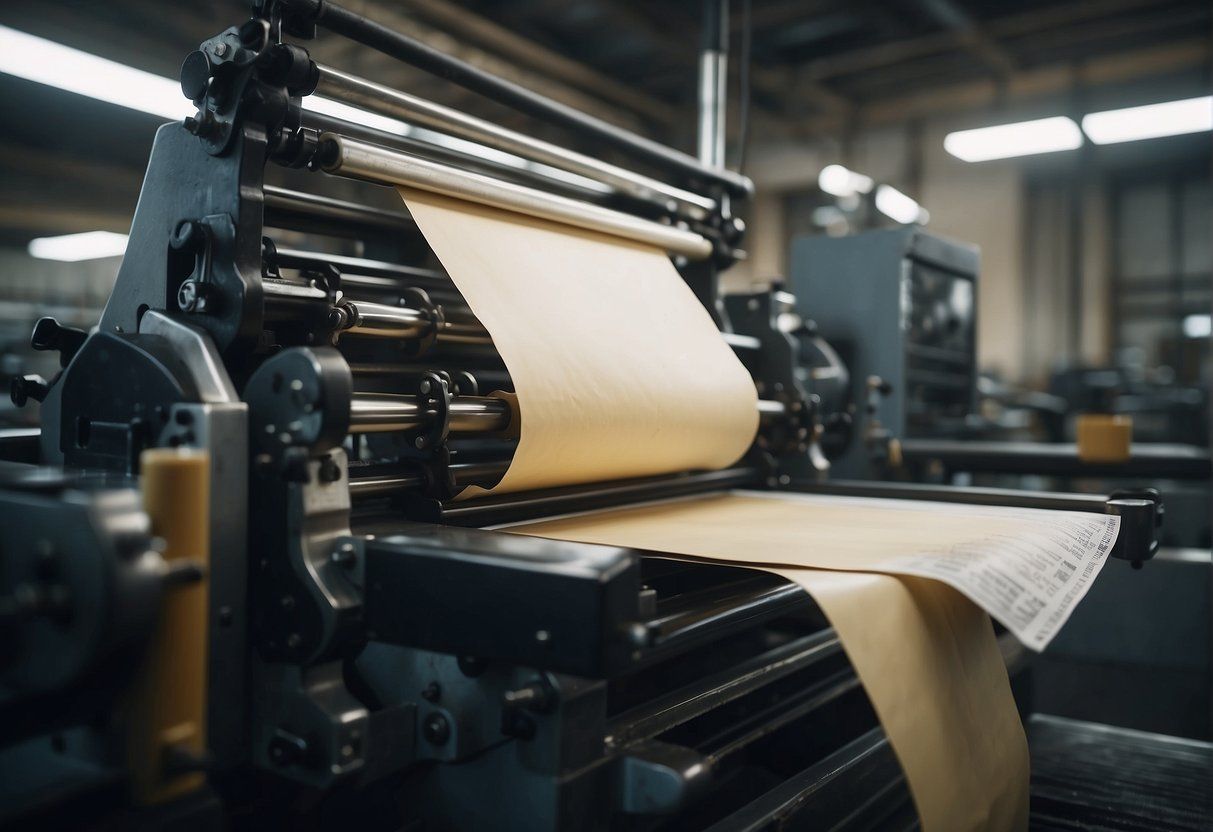
In commercial printing, the choice of materials and techniques greatly influences the final product quality. Understanding the options allows for strategic selection based on the desired outcome.
Paper and Substrates
The base of most printing projects is paper or substrates, each with unique properties. Paper varies in weight, coating, and texture, significantly impacting printability and visual appeal. Common types include:
- Matte: Non-glossy and excellent for readability
- Gloss: High sheen, ideal for vibrant color representation
Substrates , such as plastic, metal, and fabric, expand the potential for application beyond traditional paper products.
Ink and Finishes
Ink formulations are diverse to cater to different printing processes and substrate needs. Key types of inks used in commercial printing include:
- Solvent-based inks: Offer durability for outdoor applications
- Aqueous inks: Water-based and environmentally friendly
Finishes enhance protection and appearance. They include:
- Varnish: Adds a layer of gloss or matte for protection
- Lamination: Encases printed materials in a plastic film for durability
UV Coatings and Specialty Finishes
UV coatings apply a liquid coating that is cured with ultraviolet light, creating a hard, shiny surface that is highly resistant to wear. Benefits include:
- Enhanced durability
- Rich color depth and shine
Specialty finishes push the boundaries of texture and visual effects. They can involve:
- Foil stamping: Metallic finish for a premium look
- Embossing/Debossing: Raised or recessed areas for a tactile experience
These techniques cater to a range of aesthetics and functional requirements, allowing for customization in commercial printing projects.
Printing Products

Commercial printing encompasses a range of products that serve various functions for businesses, publishers, and marketers. These printed items are often integral to branding, communication, and sales efforts.
Books and Magazines
Commercial printers produce a variety of bound materials, with books and magazines being prominent. Books can range from paperbacks to hardcovers, often with options for matte or glossy finishes. Magazines require high-quality printing to ensure vivid imagery and legibility, often utilizing coated paper stock for a polished look.
Marketing Materials
Marketing materials such as flyers , posters , banners , and postcards are crucial tools for advertisement and brand promotion. They are typically printed on durable and high-quality paper to withstand handling and to make an impact visually. Sizes and shapes vary widely to suit specific marketing strategies.
| Marketing Material | Common Uses |
|---|---|
| Flyers | Event promotions, handouts |
| Posters | In-store displays, announcements |
| Banners | Trade shows, outdoor advertising |
| Postcards | Direct mail campaigns |
Business Essentials
Business essentials like business cards and envelopes represent the professional image of a company. Business cards are printed on sturdy cardstock with options for special coatings or embossing. Envelopes may include custom branding for consistent company identity, often with full-color prints or window panes for visibility of contents.
- Business Cards: Networking, identity verification
- Envelopes: Business correspondence, invoicing
Packaging
Lastly, packaging carries immense importance as it protects products and serves as a marketing tool. Custom packaging solutions, from simple box designs to complex die-cut creations, showcase a company’s brand and attract consumer attention at the point of sale. Materials and printing techniques are selected based on product needs, durability, and visual appeal.
- Types of Packaging: Boxes, labels, wrappers
- Functions: Protection, branding, information display
Printing Services
Commercial printing services encompass a range of offerings designed to meet clients’ marketing and distribution needs. They efficiently handle everything from the production of print materials to their final destination.
Fulfillment and Distribution
Fulfillment pertains to the process that occurs post-printing, where printed materials are sorted, packaged, and shipped to their final destinations. This involves a complex coordination between printing output, inventory management , and distribution channels. Printing services must ensure timely delivery, which often includes integrating with third-party logistics providers.
- Inventory Management : Keeping track of stock levels to anticipate the need for reprinting.
- Distribution : Strategically routing materials to reach destinations promptly.
Mailing and Direct Mail Campaigns
Mailing services play a crucial role in direct mail campaigns , transforming printed materials into powerful marketing tools. They deal with address verification, presorting, and barcoding to optimize postage costs and delivery times.
- Targeted Mailing Lists : Identifying recipient demographics to maximize campaign impact.
- Postal Regulations Compliance : Ensuring all mailings meet the postal guidelines to avoid unnecessary delays or expenses.
Kitting and Inventory Management
Kitting involves the assembly of individual print items into ready-to-ship kits, which is integral for multi-component campaigns or product packages. It demands meticulous attention to detail to ensure the correct collation of items.
- Assembly : Combining various printed components into a cohesive kit.
- Storage : Securely housing kits until distribution, preserving their condition and organization.
Quality and Efficiency
In commercial printing, maintaining high-quality output while optimizing process efficiency is paramount. Leveraging automation and adding a layer of personalization are key strategies to achieve these goals.
High-Quality Production
The term high-quality production in commercial printing refers to the clarity, color accuracy, and consistency of printed materials. Printers achieve this through advanced printing technology and rigorous quality control procedures. They use state-of-the-art equipment that can operate at high speeds without compromising the precision or color fidelity of printed images and text. They also implement color management systems to ensure that the colors on the final product match the original design intent.
Materials Used :
- Paper : Varies in weight, coating, and texture for different quality outputs.
- Ink : Quality of ink affects color vibrancy and durability.
Technology Involved :
- Digital Press : Ensures crisp graphics and text.
- Offset Press : Preferred for longer runs with consistent high-quality.
Automation and Personalization
Automation in commercial printing not only speeds up production but also minimizes human error, contributing to efficiency and consistency. Printers have adopted digital workflows that automate everything from prepress to finishing. This includes automated setup processes for printing presses and cutting machines, as well as software that directly manages print jobs.
Personalization has become a significant aspect of commercial printing, enabled by digital printing technologies. It allows businesses to tailor their content to individual customers, enhancing customer engagement and response rates. Commercial printers use variable data printing (VDP) technology to insert personalized elements such as names, addresses, or even targeted graphics into print jobs on the fly.
Examples of Personalization :
- Direct Mail : Personalized letters or postcards with recipient’s name and address.
- Marketing Materials : Flyers or brochures with targeted messages or offers.
Automation Aspects :
- Prepress Tools : Automate the setup for printing.
- Software : Manages job flow and scheduling for optimal output.
Commercial Printing in Different Industries
Commercial printing plays a significant role across various sectors, providing tailored solutions to meet the unique demands of each industry. Whether through educational materials, retail marketing assets, or corporate documentation, the printing needs significantly vary and reflect industry-specific requirements.
Education
In the education sector, commercial printing companies supply a broad range of printed materials including textbooks , course syllabuses , and research journals . These resources often require durable bindings and special prints like full-color diagrams and charts. Additionally, universities and schools also rely on commercial printers for promotional materials such as brochures and banners for events.
- Key Materials : Textbooks, Course Packs, Academic Journals
- Printing Needs : High durability, Color accuracy, Bulk orders
Retail
Retail businesses utilize commercial printing services to create compelling marketing materials and packaging. The focus here is on attracting customers through vibrant in-store displays, high-quality product labels , and seasonal promotional flyers . Point of sale materials, such as price tags and catalogues, are also printed en masse to support day-to-day operations.
- Key Materials : Product Packaging, Point-of-Sale Displays, Catalogues
- Printing Needs : Aesthetic appeal, Brand consistency, Fast turnaround times
Financial and Insurance Industries
The financial and insurance sectors depend on commercial printing for producing a vast array of secure and confidential documents . These range from bank statements and policy documents to educational materials on financial products . Printers serving these industries must comply with stringent security protocols and privacy regulations.
- Key Materials : Account Statements, Policy Documents, Educational Booklets
- Printing Needs : Data security, Regulatory compliance, Customized mailings
Fortune 500 Companies
Fortune 500 companies, representing the largest corporations, have diverse and large-scale printing needs. They often require annual reports, corporate stationery , and branding materials to be printed with a high degree of professionalism. The commercial printing industry caters to these needs with premium printing services that ensure quality and consistency across all materials.
- Key Materials : Annual Reports, Business Cards, Marketing Collateral
- Printing Needs : Premium quality, Brand uniformity, Scalable solutions
Brand and Marketing Integration
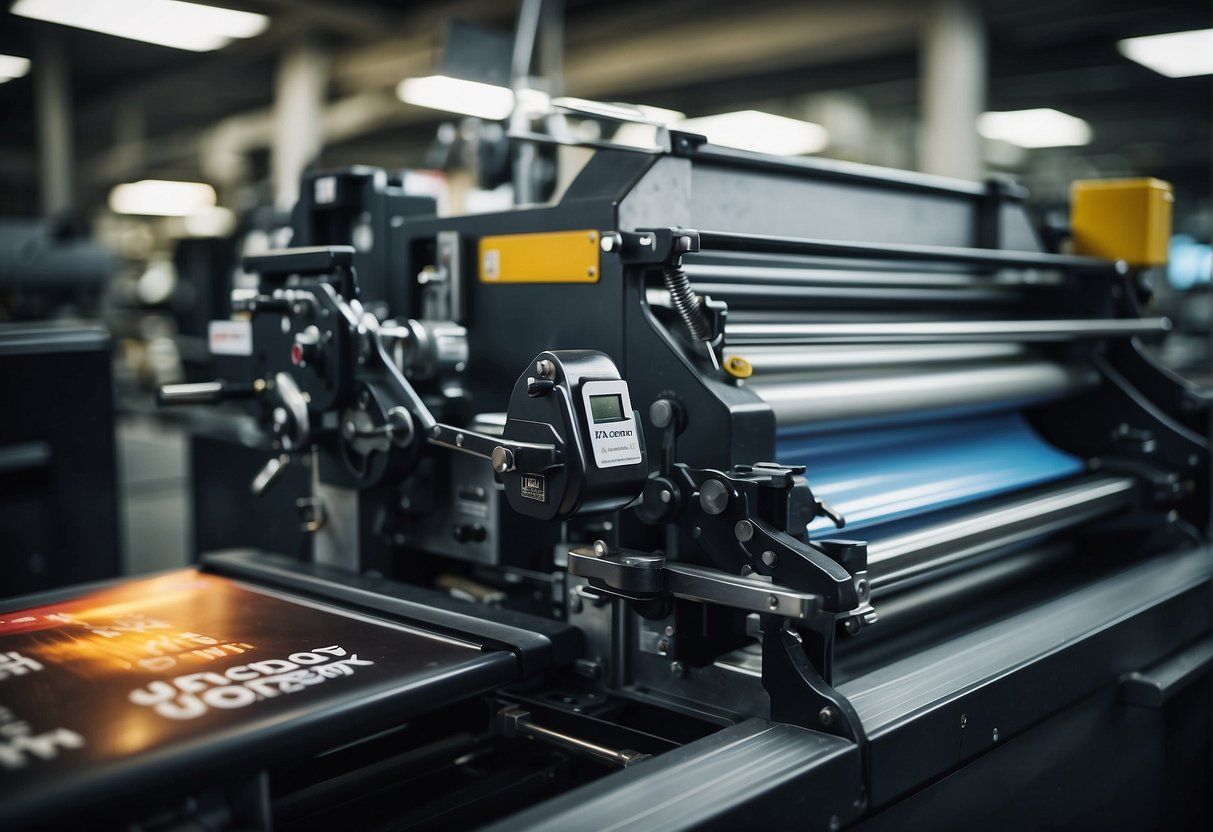
Commercial printing plays a pivotal role in ensuring that marketing efforts and the branding identity of a company are seamlessly integrated. High-quality print materials bolster brand consistency, and the use of analytics in direct marketing campaigns can significantly enhance their effectiveness.
Branding and Identity
When a company prints marketing materials, it is essential that these items consistently reflect the brand’s identity. This includes maintaining:
- Logo accuracy : Use of the correct colors and resolution ensures brand recognition.
- Typography : Consistent fonts strengthen brand voice and credibility.
Material consistency leads to brand familiarity, which can influence consumer trust and loyalty. Physical marketing materials, like brochures and business cards, often serve as a tangible representation of a company’s brand.
Direct Marketing and Analytics
Direct Marketing relies on printed materials such as:
- Postal mailers
- Flyers
- Catalogs
These tools target specific audiences with personalized messages, improving customer engagement. The role of Analytics in direct marketing is to:
- Track responses
- Measure success rates
- Provide data for future campaign enhancement
By analyzing engagement, companies can refine their strategies to achieve better outcomes. The data gleaned from these campaigns offer insights into consumer behavior and the effectiveness of specific marketing materials.
Customer Experience
The customer experience in commercial printing is influenced by the quality of professional service, the strength of the company’s reputation and guarantees offered, and the level of customer service and support provided.
Professional Service
Commercial printing companies are expected to provide high-level professional service to meet the diverse needs of their clients. This typically involves access to a range of printing technologies, such as offset, digital, and large-format printing. Companies that employ skilled technicians and maintain cutting-edge equipment position themselves to deliver superior print quality, accommodating anything from small-scale projects to large commercial runs.
| Attributes | Description |
|---|---|
| Skilled Staff | Teams comprised of experienced individuals in the printing industry. |
| Advanced Equipment | Machines capable of producing high-quality prints efficiently. |
| Versatility | Ability to handle various print jobs, customizations, and materials. |
Reputation and Guarantee
A reputable printing company often sets itself apart through a track record of reliability and excellence . They gain trust by consistently delivering on promises and by offering guarantees that underscore their commitment to quality and customer satisfaction. Clients typically favor printers that can showcase a portfolio of successful projects, accompanied by testimonials or case studies that reflect their competency and reliability.
| Assurances Offered |
|---|
| Satisfaction Guarantee |
| Timeliness Assurance |
| Quality Commitment |
Customer Service and Support
Exceptional customer service and support are critical components of the customer experience. Companies should have accessible customer service teams that can assist with inquiries, provide quotes, and offer guidance throughout the production process. Post-printing support, such as help with logistics and response to any issues or concerns, cannot be overstated in its importance to long-term customer relationships.
- Availability : Service teams should be available through multiple channels (phone, email, chat).
- Responsiveness : Quick and effective response to customer needs and questions.
- Knowledge : Teams should have a deep understanding of printing services and products to provide accurate information.
Sustainability and Security
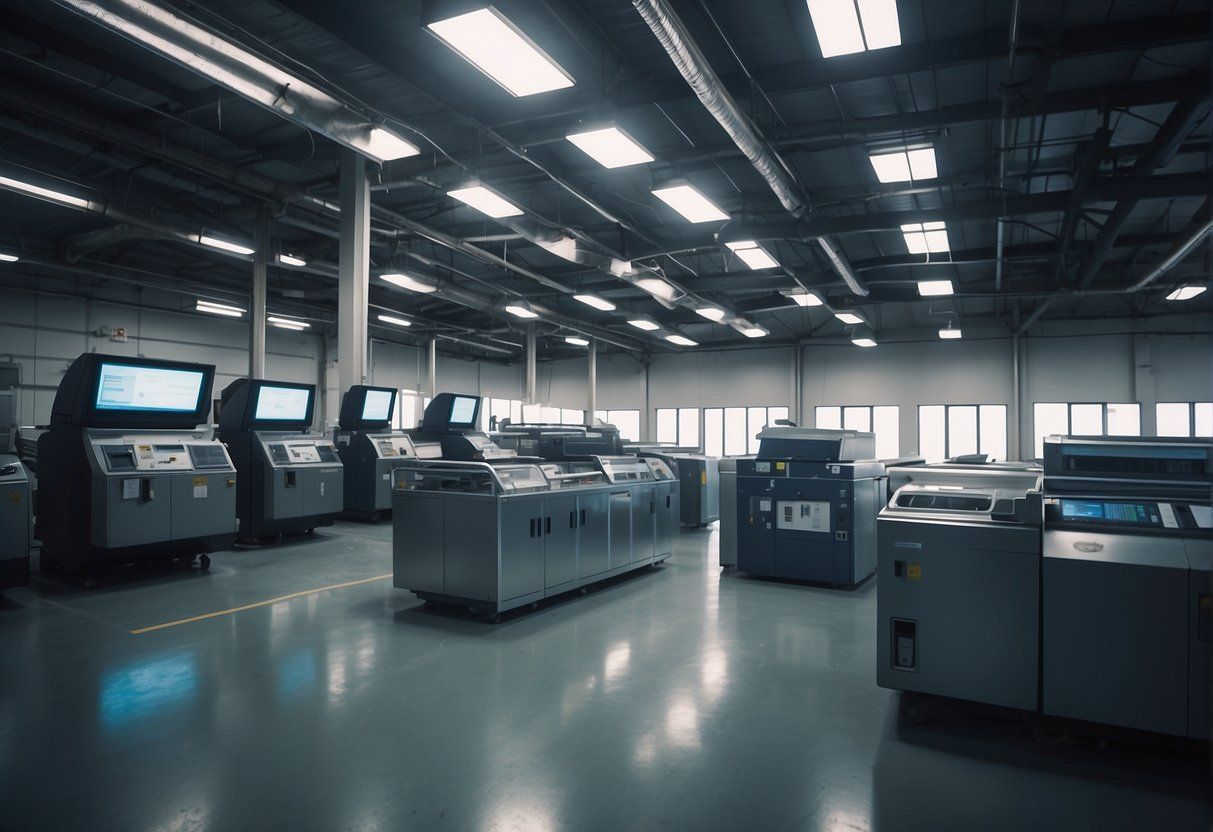
In commercial printing, the incorporation of sustainable practices and robust security measures are vital to ensure environmental responsibility and the safeguarding of sensitive data.
Sustainable Practices
The commercial printing industry is increasingly adopting eco-friendly operations to reduce its environmental impact. Key sustainable practices include:
- Use of Recycled Materials: Many printers now opt for paper and inks derived from recycled sources, which lessen the reliance on virgin fibers and decrease landfill waste.
- Energy-efficient Equipment: Printers are transitioning to machines that consume less energy, thereby cutting down on carbon emissions and operational costs.
- Waste Reduction Systems: Implementing policies and systems to minimize waste in all stages of production, such as using precise calculations to reduce offcuts and implementing recycling programs on-site.
Privacy and Security Measures
Protecting client data is essential in commercial printing. Important security measures implemented by printers encompass:
- Data Encryption: Files are often encrypted to prevent unauthorized access during transmission and storage. This is crucial for sensitive documents like financial reports or personal information.
- Access Control: Print facilities enforce strict access controls, both digital and physical, to safeguard against data breaches.
- Regular Audits: Continuous security reviews ensure systems are up-to-date in defending against emerging threats. This includes assessing IT infrastructure and workflow procedures for potential vulnerabilities.
Conclusion
The commercial printing industry has shown remarkable adaptability in integrating digital technology. Businesses continue to depend on print materials for marketing, packaging, and publication. Offset and digital printing remain primary methods, each with distinct advantages. Offset printing is cost-efficient for high-volume orders, while digital printing offers flexibility with low upfront costs for smaller runs.
Market Trends:
- Shift towards personalization and customization .
- Growing preference for eco-friendly practices and materials.
- Increased investment in digital technology to improve efficiency.
Despite predictions about a paperless digital future, printed materials retain their significance in a multitude of sectors. Packaging continues to drive demand due to e-commerce growth, with product boxes and labels being indispensable. Meanwhile, the publishing industry still relies on print for tangible books, which many consumers prefer over digital alternatives.
The printing industry faces challenges like environmental concerns and competition from digital media. However, they counter these with innovations in sustainable materials and practices, and variable data printing —tailoring individual pieces in bulk printing orders.
Key Takeaways:
- Industry’s resilience despite a growing digital landscape.
- Print remains relevant in marketing, packaging, and publishing .
- Innovations centre on sustainability and technological integration .
- Commercial printing is not merely surviving; they’re evolving to meet changing market demands.
In sum, commercial printing is a dynamic field that sustains its relevance through innovation and adaptability, securing its place in the modern business world.
Frequently Asked Questions
Commercial printing encompasses various techniques and considerations to produce high-quality printed materials. Below are answers to some of the most commonly asked questions on the topic.
What are the common types of commercial printing techniques used in the industry?
The industry utilizes several key printing techniques such as offset lithography, flexography, digital printing, gravure, and screen printing. Each method has its own advantages and applications, depending on the project’s specific requirements.
What factors should be considered when choosing a commercial printing company?
When selecting a commercial printer, one should consider their experience, the quality of previous work, the technology they use, their turnaround times, and their ability to work within the client’s budget. Customer service and their commitment to eco-friendly practices are also important factors.
How has the commercial printing industry evolved with digital technology?
Digital technology has revolutionized commercial printing by enabling faster turnaround times, lower costs for short runs, and the ability to personalize prints more easily. It has also improved the precision and quality of print jobs.
In what ways can commercial printing be eco-friendly or sustainable?
Commercial printers can adopt sustainable practices by using recycled or FSC-certified paper, vegetable-based inks, and energy-efficient printing equipment. They can also minimize waste by optimizing printing processes and using digital proofing methods.
What are the differences between digital and offset commercial printing?
Digital printing shines in smaller print runs and when variable data is needed, as it can easily accommodate changes with minimal setup. Offset printing, on the other hand, is cost-effective for large volumes and offers higher image quality and a wider array of printing materials.
How does the choice of paper or material impact the outcome of a commercial print job?
The selected paper or material significantly affects the print quality, durability, and overall presentation of the final product. Factors like weight, coating, and texture must align with the print technique and intended use of the printed materials to ensure optimal results.…
